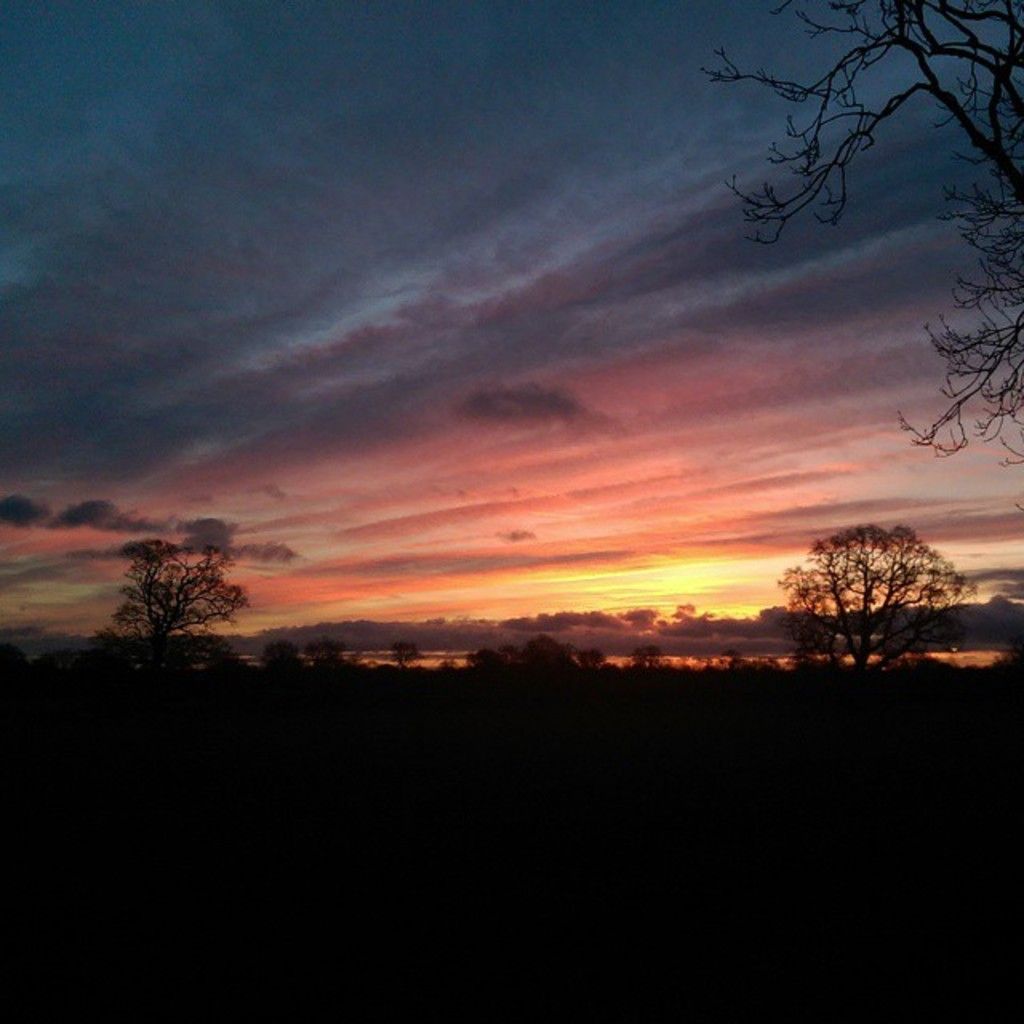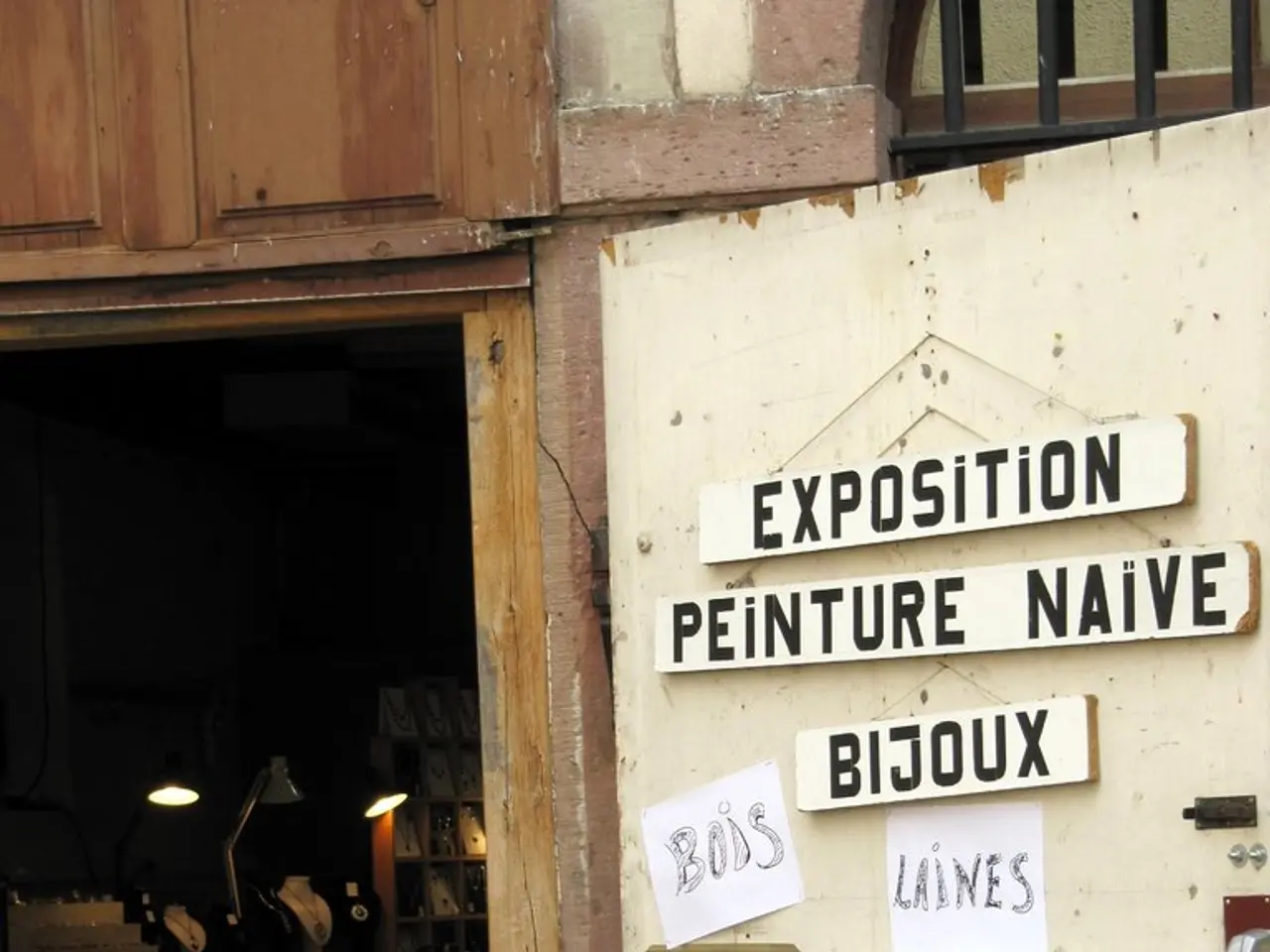Recapping the Aftermath: Rudersberg's Resilient Rebuilding Journey Continues - One-Year Reconstruction Progress: Resurgence of Rudersberg Post-Flood
Rising From the Wreckage: A Year After the Flood - The Resilience of Rudersberg
- *
In the place where Werner Diggelmann once battled for survival a year ago, a wooden carousel horse now stands. Before, this was his home office. Memories of his meticulously organized files and slides filled a wall cabinet, ranging from taxes to insurance papers. Now, the room is left bare and empty, waiting to be restored.
When the water surged through the valley on June 2, 2024, it rose at the bridge near Diggelmann's house, eventually crushing its way through the windows. With little time to react, the elderly man found himself struggling for his life. His wife, in a heroic act, managed to rescue him from the flooded basement just in time.
Two other retirees in the neighboring town of Miedelsbach weren't as fortunate. In Oberschwaben, the tributaries of Lake Constance and the Danube also swelled. It's been a year since then. A year of struggle, rebuilding, and healing for Diggelmann, his neighbors, and the entire Rudersberg valley, just north of Stuttgart.
"I didn't know if I'd ever recover"
"Many are happy with what's been accomplished in this time," says Rudersberg butcher Werner Hinderer. But there's also an undercurrent of frustration and anger, he admits. Hinderer had spent a fortune renovating his butcher shop, only to see it destroyed by the floodwaters. "I felt helpless, lost, and angry." The lively entrepreneur, however, chose to focus on rebuilding and reopening his shop six months later. Today, it stands as a vital meeting place in the community.
"Smiling again after so much pain"
"The town looks like it's been through a storm," says Raimon Ahrens, the mayor of the 11,700-resident town, as he walks through the ravaged streets. Boards cover some windows, while light stains on walls bear testament to the flood night's water levels. Volksbank and Kreissparkasse continue their business in containers, while the baker sells from a van stuck with insurance issues. The pharmacy has reopened after a thorough renovation. Other businesses didn't survive, such as the stationery store, the hairdresser, the pub, and a few others.
120 million euros - and still healing wounds
"So much has changed since then," says Ahrens. "But there's still so much more to do, even a year later." Schools, kindergartens, and community centers were all heavily damaged. "From the wastewater treatment plant to the youth center, almost everything was damaged," he recalls.
The flood caused devastating damage worth over 120 million euros - including municipal buildings, river courses, damaged businesses, and private homes. The Wieslauftalbahn also needed months of repairs, and the state and county roads cracked. The community also spent 1.2 million euros to dispose of the debris left behind.
A final line of defense for a century - but it wasn't enough
The city estimates that around 90% of the town's residents have a basic damage insurance policy, unlike a traditional building policy, which covers events like heavy rain, flooding, or other natural disasters. However, household contents insurance isn't usually included in these policies, meaning many residents had to bear the loss of their valuable belongings stored in basements - photo albums, antiques, and more.
Flood protection has always been a concern in Rudersberg, says Ahrens. Just before the flood, the new dam was opened, which likely prevented even worse damage. However, towns like Rudersberg can only protect against floods that occur every 100 years on average. "An event like the recent one, which they say happened every 5000 years, can't be adequately defended against. Otherwise, nothing would be built in this valley."
The threat hasn't subsided
The night that the water came has left its mark on the town. On buildings, in households, and in the minds of the people. Unfortunately, the unity that strengthened Rudersberg in the aftermath of the disaster has begun to dissipate, says Metzger Hinderer. He now aims to set up a support center for those still grappling with bureaucracy a year later.
And Ahrens? "Those who lived through that night will probably still feel a bit anxious when it rains a little harder," he says. "And I'll probably reach for my phone to check the weather forecast more often."
Undaunted by the past and focusing on the future, Diggelmann has decided to turn his basement into a concrete shelter. He never considered leaving the valley. "It's not financially viable - and we've managed to accomplish so much here," he says. Soon, Klaffenbach, the northeasternmost district of Rudersberg, will host a street festival - perhaps a little humbly, but also to inspire and move forward.
- In the spirit of progress and unity, local science and health-and-wellness professionals have been offering their expertise to aid in the reconstruction of Rudersberg, focusing on creating safer living environments and promoting resilience in the community.
- As a testament to the love for the environment and the valley, a group of environmental-science enthusiasts have been working tirelessly to plan, design, and implement eco-friendly strategies for the reconstruction, prioritizing sustainability and the preservation of natural resources for future generations.




